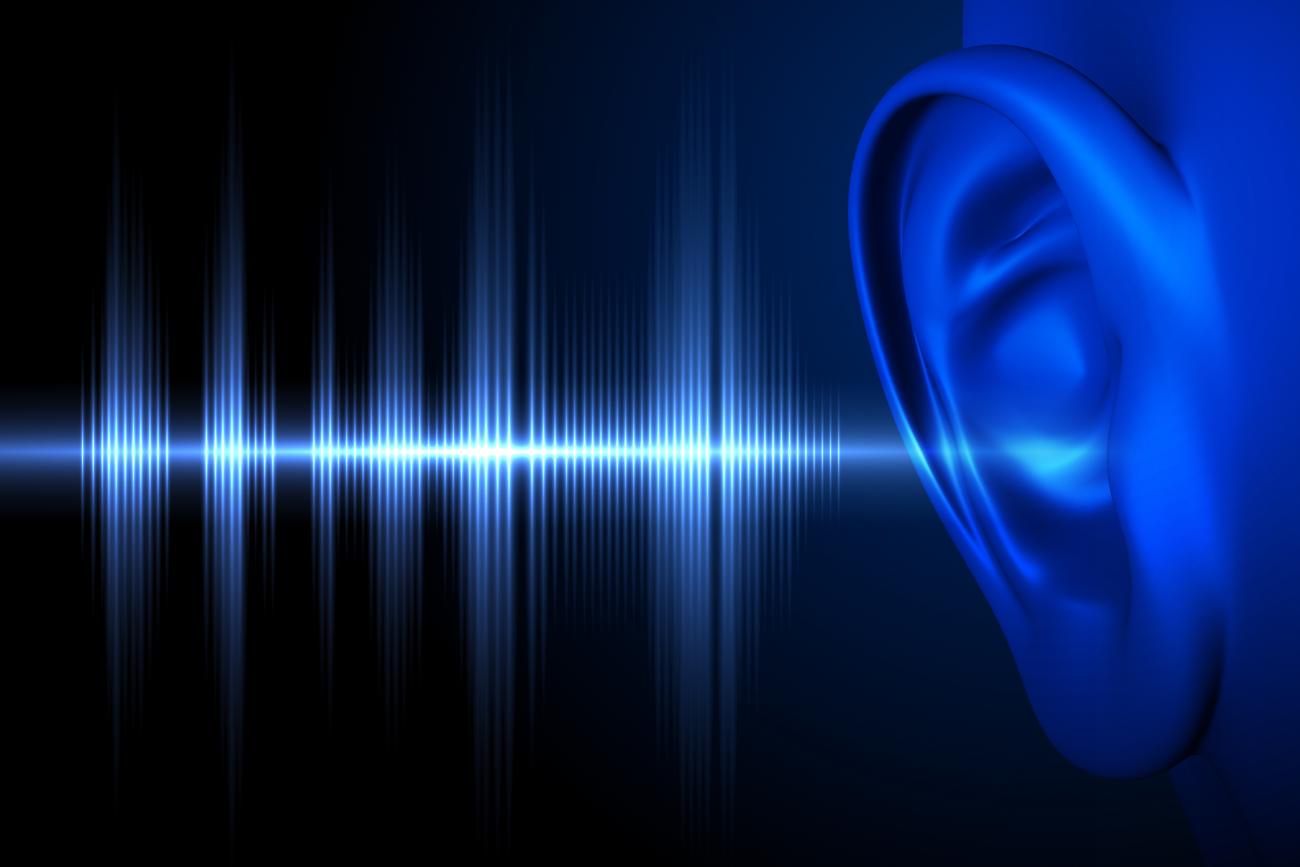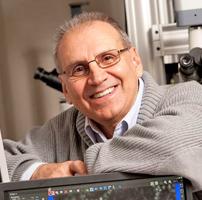The Laboratory of Cell Structure and Dynamics (LCSD) seeks an integrated molecular understanding of the architecture, dynamics, function, and renewal of specialized cellular structures - in particular those underlying mechanosensory function of auditory and vestibular sensory cells. The long-term goal of the program is to develop a framework for understanding the different forms of loss of mechanosensory function and to explore opportunities for preventive and therapeutic interventions. The Section on Structural Cell Biology (SSCB) explores fundamental molecular-structure-function relationships using cell biological and molecular biological approaches coupled with cutting-edge electron microscopy and emerging live cell imaging techniques. Principal areas of current and future focus in the SSCB are: (1) Molecular characterization of the key structural elements and dynamic processes that contribute to the sensory-motor function of auditory and vestibular sensory cells. (2) To study how membrane/cytoskeletal assemblies such as stereocilia, intercellular junctions, and synapses are formed, how they regulate their size and shape, and how they undergo self-renewal while maintaining steady state structure, dynamic properties, and function. (3) Localization and characterization of the function of protein products of genes implicated in environmental, age-related, and inherited hearing loss.
Animals: rodents, amphibian
Campus Institute: National Institute on Deafness and Other Communication Disorders



